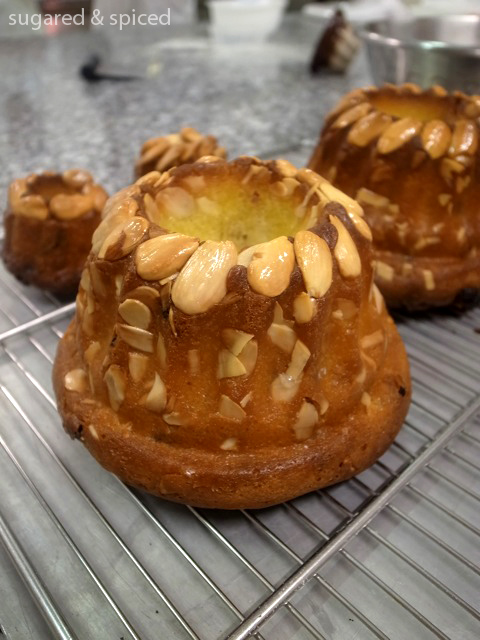Like my FACEBOOK PAGE or follow me on TWITTER / 微博!
This week we are moving on to viennoiserie, including brioches, croissants, pains au chocolat, escargots, and danishes. The first thing we made was brioche dough, which is composed of T45* flour, yeast, salt, sugar, eggs, and butter. It’s made like a bread, but has the richer aspect of a pastry because of the extra addition of eggs and butter. After the dough is formed, it is left to rise at room temperature until doubling in volume, punched down, and let rise again in the fridge.
*The number after T indicates the ash ratio of the flour, the proportion of minerals remaining after the flour has been burned at 900°C. The higher this number is, the higher the proportion of bran there is in the flour. T45 flour is typically used for making cakes and pastries, while T55 and above are used to make breads.
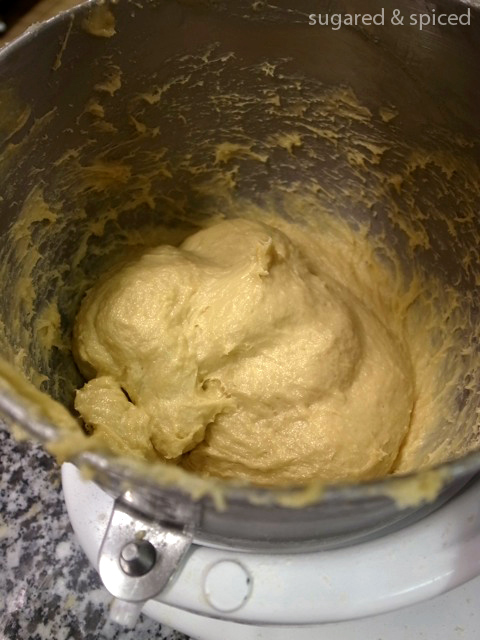
Brioche can come in many forms, but the most classically recognized one is probably brioche à tête. To achieve this form, start by rolling small balls of dough with the side of your hand (think karate chop) so that dough becomes bowling pin-shaped.

Then, place the dough in a well-buttered mold, resting the fatter ball (body) at the bottom. Dig a ring-shaped hole in the body, working your way around the smaller ball (head), and let the head rest on the body. The head should be attached to, not severed from, the body.
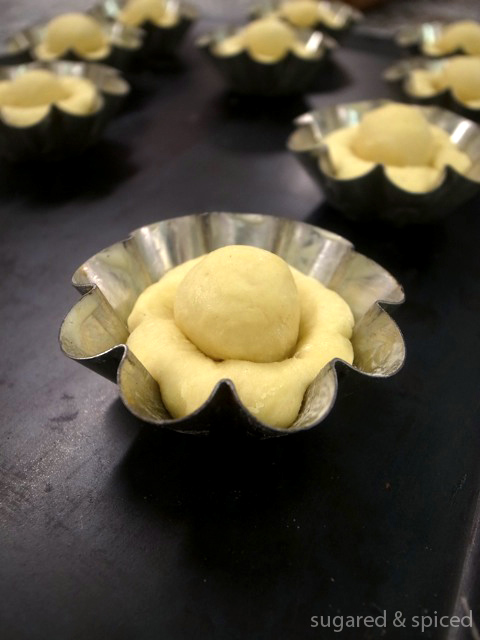
Let rise and egg wash, but avoid egg washing the part where the head attaches to the body, or else the dough will stick together and not rise properly.
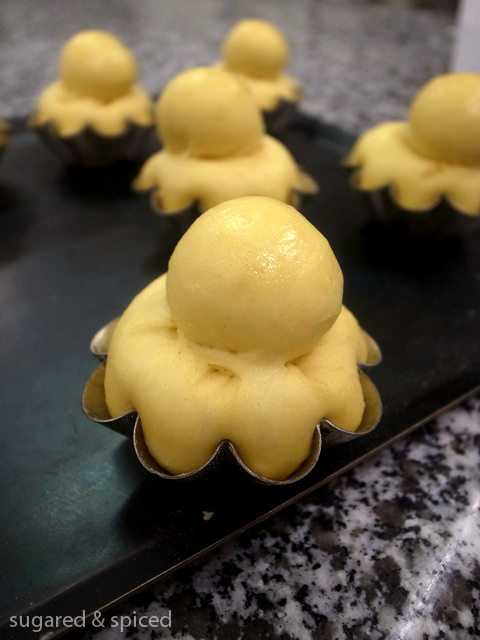
Baked! Isn’t it a cutie?
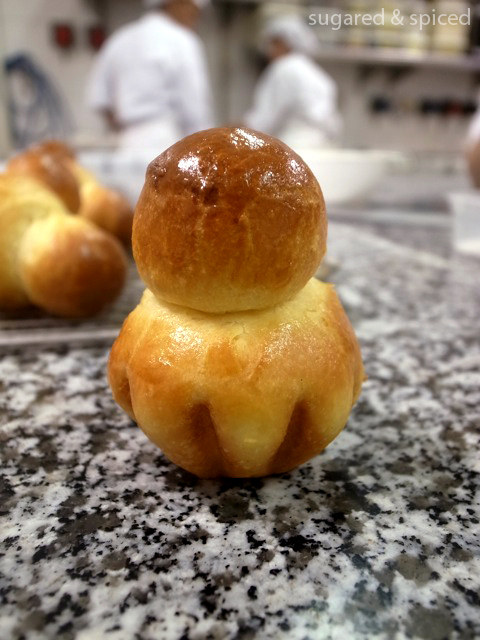
We got many drunken and nodding heads in class that day – shaping brioche à tête definitely takes practice.
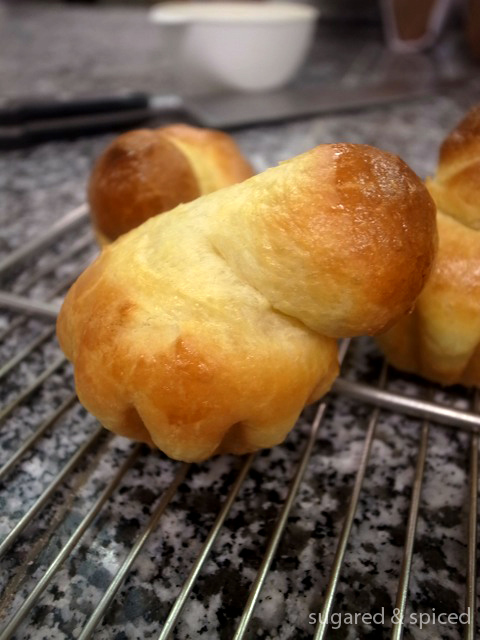
Brioche also comes in a braided form.

Or, it can be rolled with dried fruit cubes and baked in a round pan.
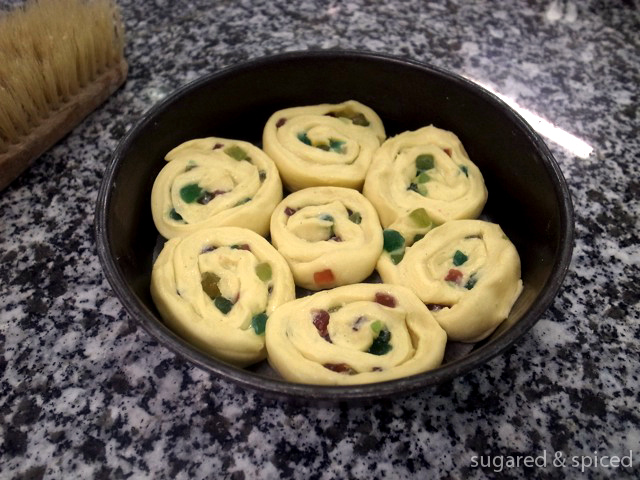
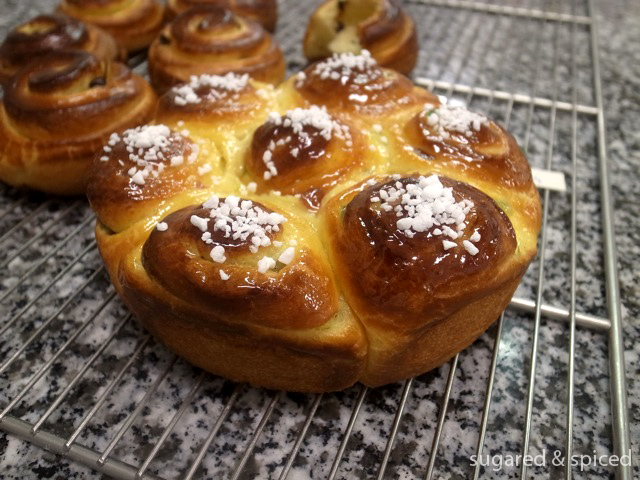
Or used to make raisin escargots.
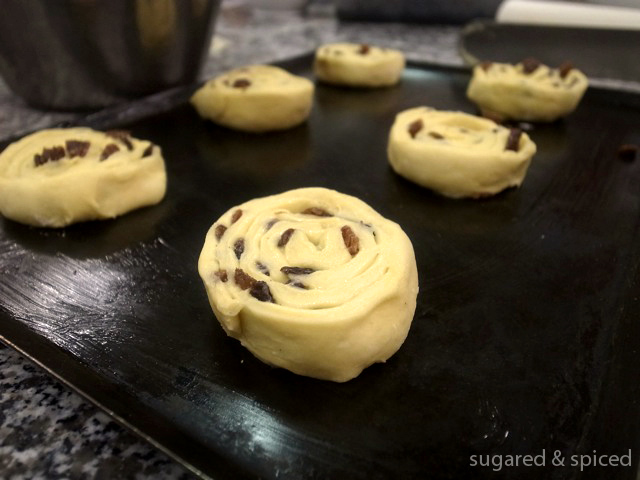
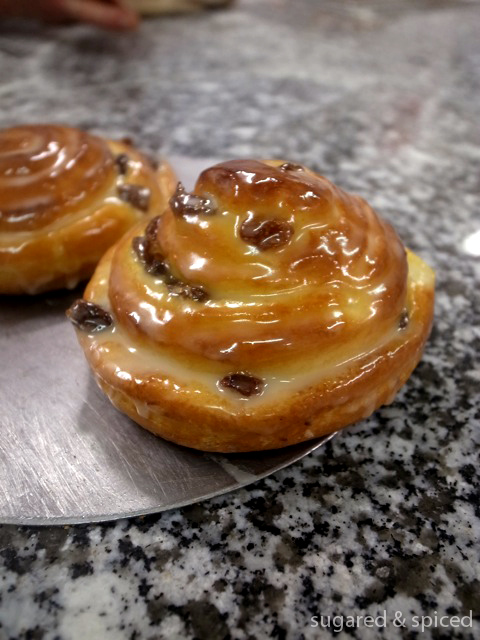
We also used the brioche dough to make kougloffs, and I’m not really sure if this is French or Germany or Austrian…but anyway it is typically studded with almond on the exterior, and each region has its own variation on the bread whether it be raisins, cherry brandy, or candied fruits.
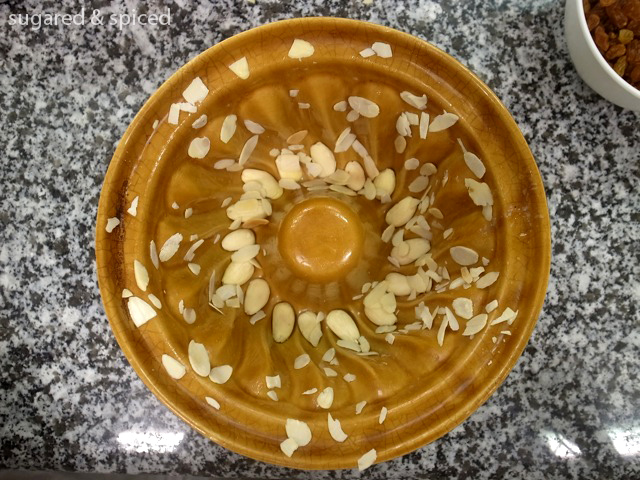
Place brioche dough in the mold.
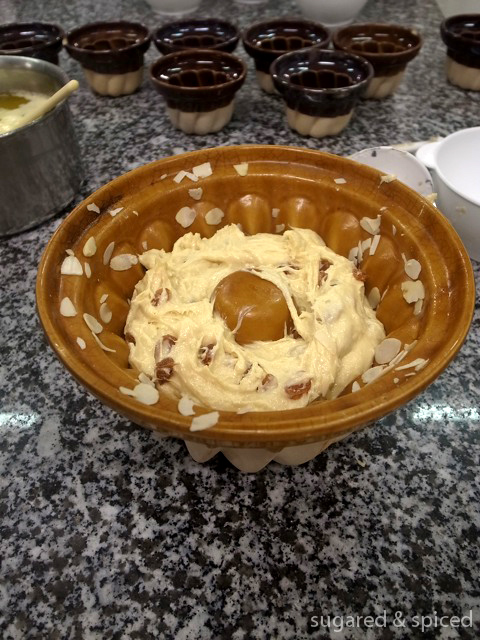
Let rise.
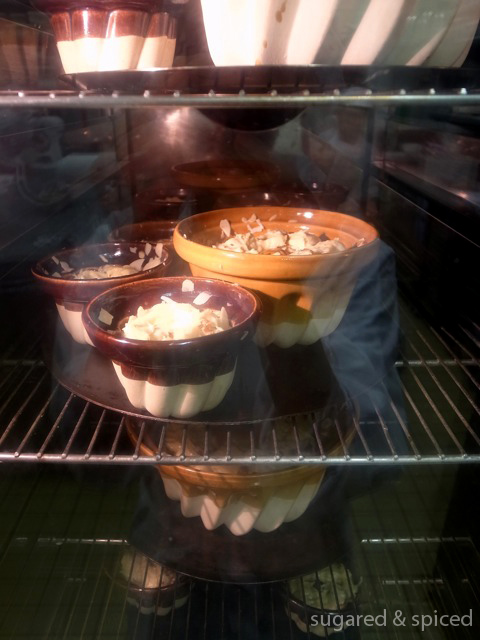
Egg wash, and bake.
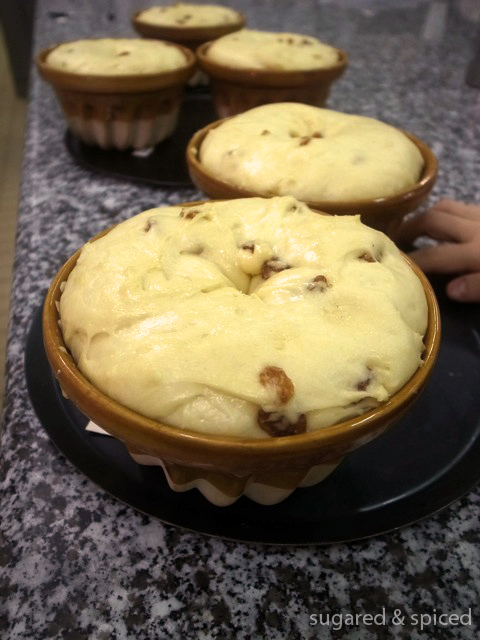
After baking, dip the whole brioche in melted butter, then sprinkle with powdered sugar.
